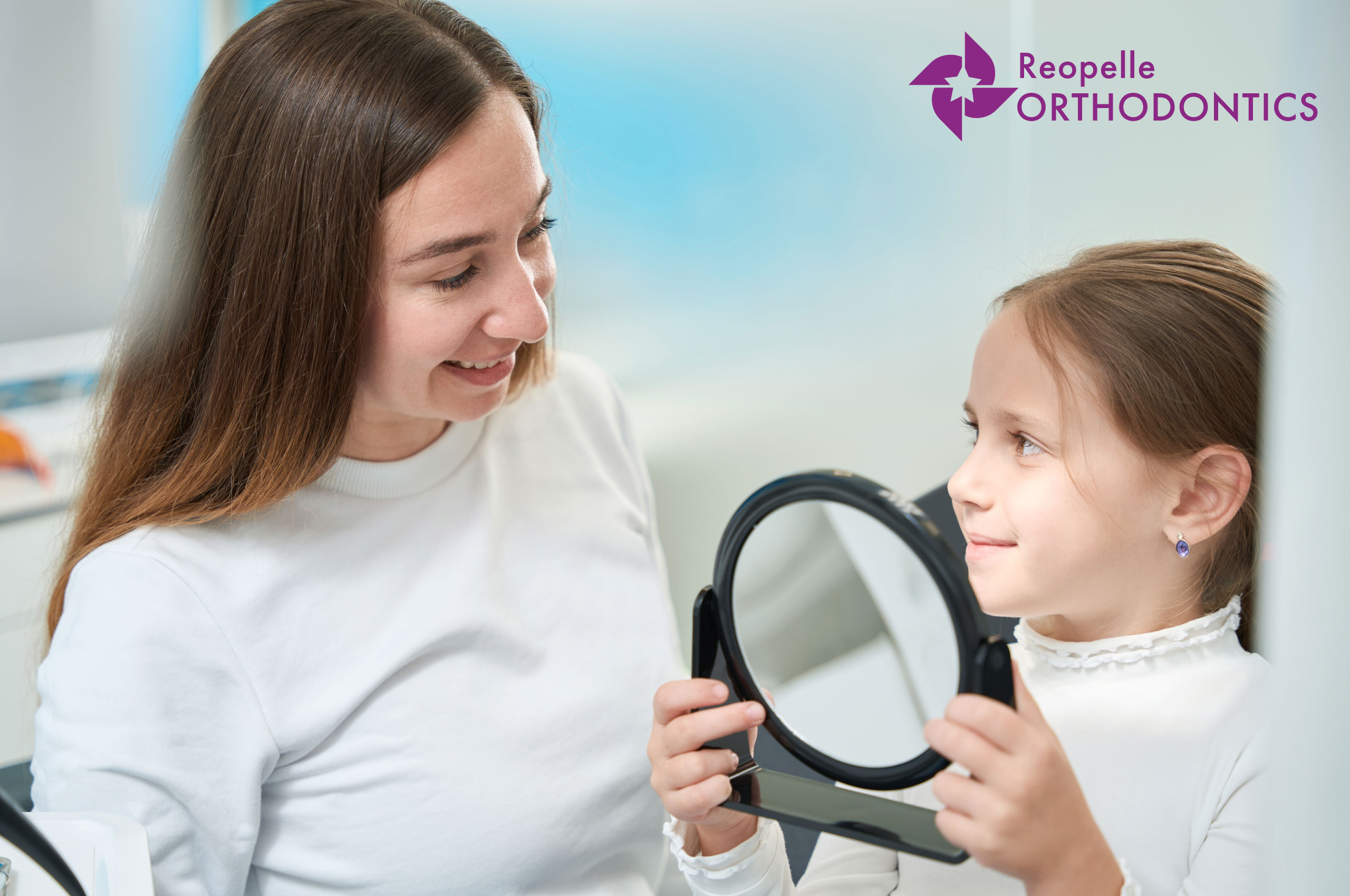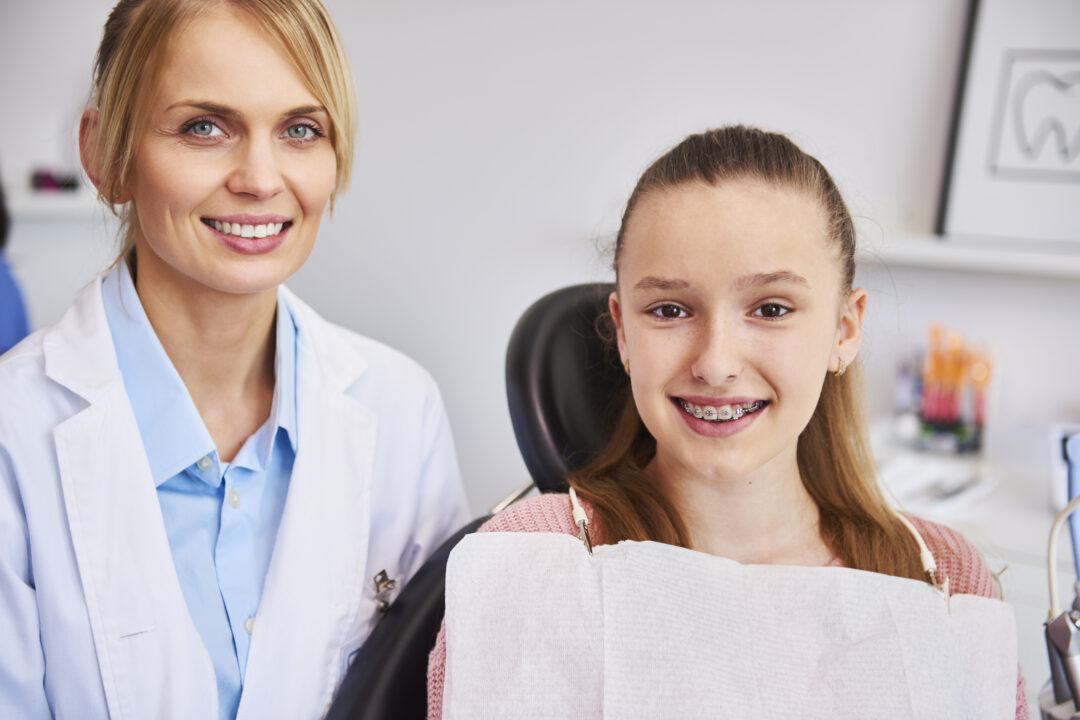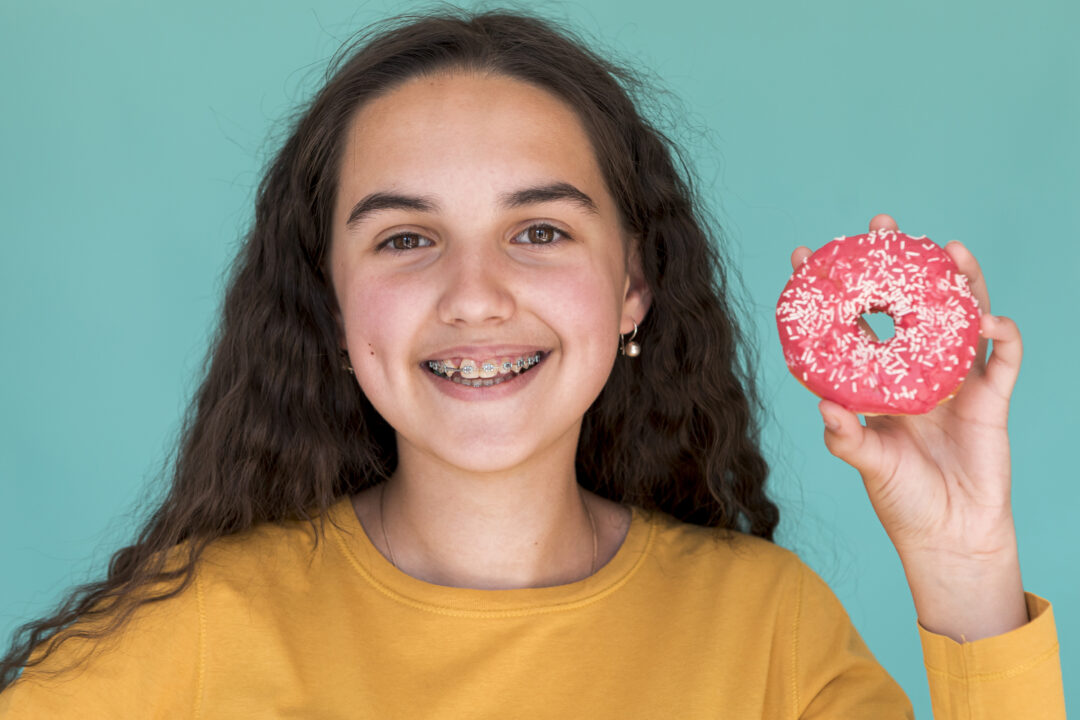Knowing Orthodontic Appliances Types, Functions, and Differences

Orthodontics is in a different universe from dentistry. Dentists and orthodontists are not interchangeable just because they have to work together for your oral and dental health.
Orthodontic treatments control the realm of teeth, maxillar bones and mandibles, malocclusions, and straight smiles. Orthodontic appliances help make the magic happen through mechanic processes and technologies like 3D scanning.
The thing with orthodontics is that it can only work on healthy mouths, which is different from perfect or healthy dentures. This means you can only start wearing orthodontic appliances if your gums are healthy or your teeth are free from cavities. Loose teeth cannot wear brackets of any kind.
But if your mouth is healthy and your orthodontist says you are a candidate for orthodontic treatment, you are ready to go. Maybe you are wondering why you need orthodontic treatment if your dentist said your oral health is good.
It’s because dentistry and orthodontics are different disciplines. You can be free of gum disease and cavities and still have malocclusion problems that harm your dental health. Alignment issues bring oral hygiene problems, discomfort, pain, and a large et cetera.
Ignoring dental misalignment can even cause speaking issues for the patient.
When Is Early Orthodontic Treatment Necessary?
Orthodontists usually recommend working on mature dentures rather than younger ones because it’s better to work with permanent teeth instead of intervening in the dentition process. Each patient has a particular case and needs.
When a child needs orthodontic treatment, it is generally due to severe issues with the palatal structure or the mandible’s bone and not mild alignment problems. In most cases, early orthodontic intervention is suggested to prevent a more complex diagnosis in the future.
While orthodontic treatment in a teenager focuses on achieving a straight smile for multiple reasons, orthodontic appliances in children are oriented to correct functional issues related to thumb-sucking. These functional issues can later turn into bone structure malformations.
Early orthodontic treatment does not eliminate the possibility of needing orthodontic appliances in the future since they attack different types of malocclusions. On the other side, preventive orthodontic interventions pave the way for healthier dentures and simpler treatment plans.
What Are Some Functional Orthodontic Appliances?
The term’ functional appliances’ refers to mechanical devices, fixed or removable, that correct practical issues in your mouth, like spacing problems and bruxism.
There are many appliances available since orthodontics is in constant technological innovation. Each piece has specific uses and purposes.
Some appliances come in handy in case of early orthodontic treatment. They might seem rough for a child’s mouth, but all of them are perfectly safe.
Palatal Expander
This appliance is highly common in preventive procedures. It has a curious appearance because it needs a special key to activate. A palatal expander opens the maxillar so that permanent teeth can erupt aligned. It also helps correct the general structure of the upper jaw.
Bite Plates
Orthodontists use banded bite plates in early treatment to help fix an open bite. It prevents bruxism. They can be a fixed appliance or removable, and they both work just as well; which option is better will depend on your particular case.
Lingual Arch
A lower lingual arch is in order when premolars have yet to come out. This appliance maintains existing space and prevents future spacing problems.
Are Braces Good Orthodontic Appliances?
Braces are the Michael Jackson of orthodontic appliances; everyone knows about them. People are not embarrassed to wear them anymore, and they are now much more popular. But traditional metal braces are not the only alternative if you have to wear brackets.
Clear Ceramic Braces
This option has been going on for a while, and patients like it. They have all of the metal braces attributes and are less evident. Ceramic braces are for you if you are looking for something more discreet than conventional brackets.
Metal Braces
Metal brackets are still the first option for many people. Since they are of a resistant material like metal, they are less fragile than ceramic brackets, which makes orthodontic treatment with metal braces more affordable.
Is Invisalign Considered Orthodontics?
Clear aligners like Invisalign are still relatively new in orthodontic patients’ minds. There are concerns about their efficiency – do invisible aligners work? Are plastic straighteners’ results permanent?
Invisalign is just a new form of orthodontic treatment in Roanoke. We are used to having orthodontic appliances fixed to our mouths and teeth for longer or shorter periods of time, but clear aligners are more like retainers.
The fact that Invisalign trays are removable does not make them less effective. Clear aligners can perfectly correct different malocclusions, such as spacing problems, overbites, and crowded teeth.
Get To Know Which Orthodontic Treatment Suites You Better
No matter how informative an article is, it will never be better than visiting an actual dental expert at Reopelle Orthodontics. You can find our dental practice in Roanoke, Virginia.



